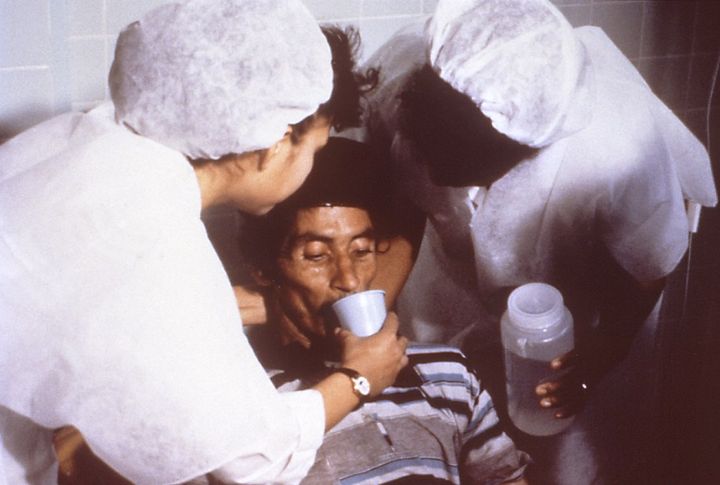
Health in the Wild West was often left to chance. Frontier towns rose fast, but clean water and medical care didn’t always follow. Diseases didn’t discriminate between cowboys and shopkeepers; they hit hard and lingered long. Let’s explore 10 illnesses that played a big role in shaping how life unfolded across the unpredictable and untamed American West.
Smallpox

The scars told stories long after the fevers broke. Smallpox disfigured survivors and erased communities, especially among Native American tribes with no immunity. Supplies were scarce, doctors scarcer. In some chilling cases, infected blankets were distributed intentionally. Out on the frontier, even survival could leave a permanent mark.
Cholera

Cholera struck like lightning through wagon trains and mining camps. Contaminated wells and rivers carried it far and wide. Entire settlements emptied overnight as panic spread. Shallow graves dotted the trails, a quiet reminder of how fast life could end.
Tuberculosis (Consumption)
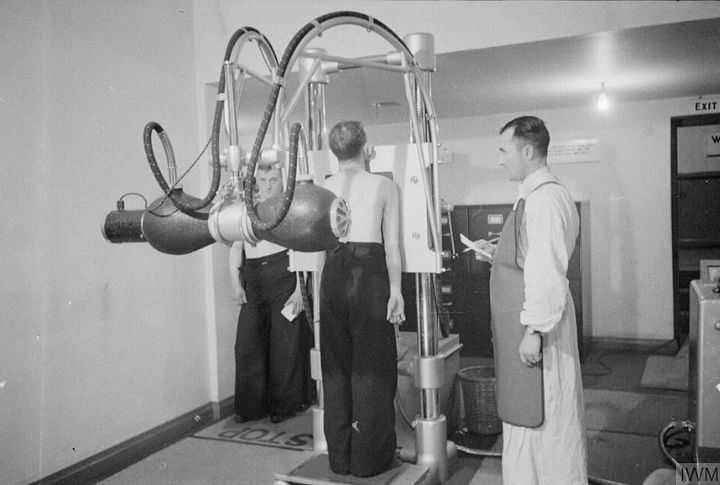
It came slowly, took its time, and rarely let go. Romanticized in poetry but feared in real life, tuberculosis lingered in crowded saloons and brothels. Some believed dry, pine-scented air out west could help. Others just hoped it wouldn’t find them.
Typhoid Fever
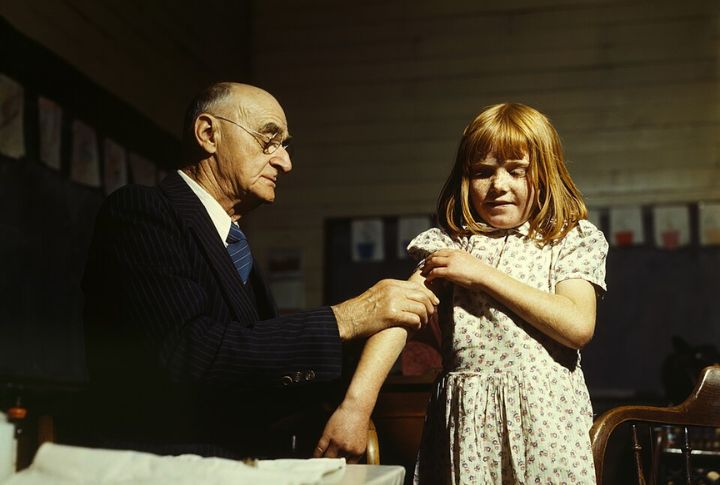
Clean water was a luxury most towns couldn’t guarantee. Typhoid found its way in through meals and drinks, often traced back to a single well. Boomtowns packed with people and few rules became hotspots. Towns even passed ordinances to keep outhouses away from water sources.
Malaria
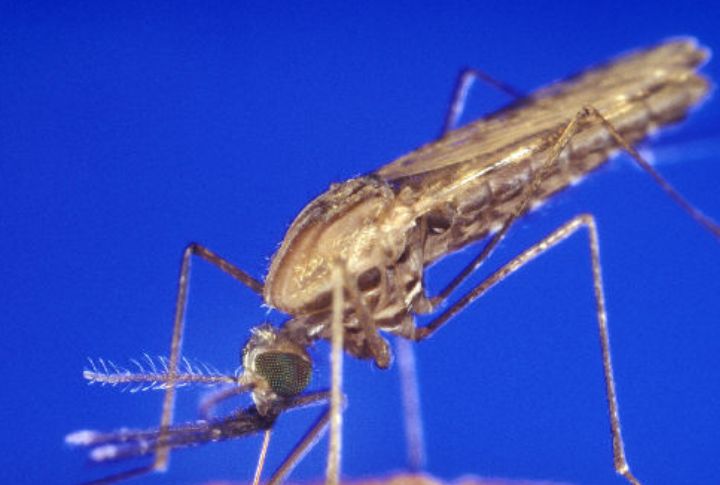
The name might sound out of place in the Wild West, yet malaria thrived in swampy river valleys and lowlands. Settlers called it “ague,” and tried to fight it with quinine when they had any. The cycles of fever and chills left many too weak to work or move.
Dysentery
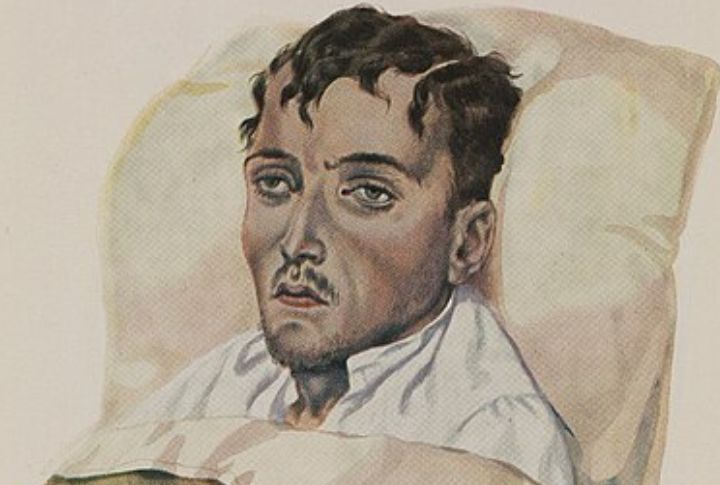
Dysentery did the job quietly and cruelly, brought on by spoiled food and filthy hands. In cramped wagons or remote forts, it spread fast. Dehydration finished what the illness started. Some turned to folk remedies when nothing else was within reach.
Measles

Children paid the price in lonely cabins and crowded camps. Measles tore through communities with no warning, especially among Native tribes unfamiliar with the disease. Misdiagnoses made things worse. Quarantine was nearly impossible in such tight living spaces. There was simply no help in time.
Scurvy

Western miners and cattle hands went months without fresh fruit or greens. Gums bled, and strength vanished. Makeshift cures ranged from pickled goods to wild berries. In some cattle drives, citrus was stocked like gold; proof that even oranges could be survival tools.
Syphilis
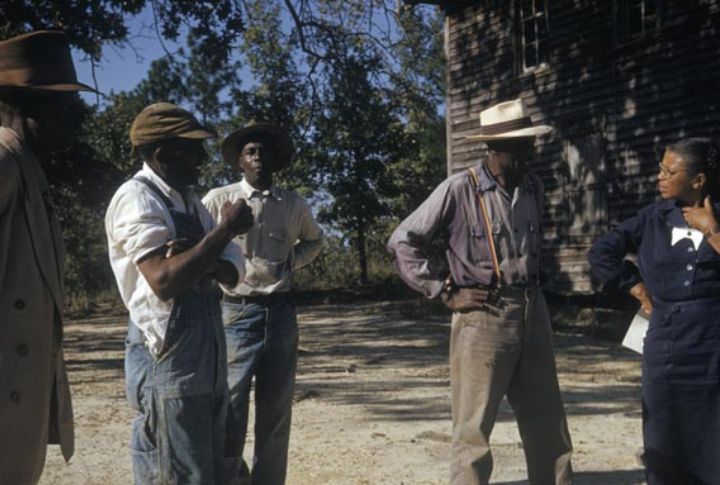
In the dim rooms of brothels and soldier barracks, syphilis spread quietly. Treatments were crude and often worse than the disease. Madness and death followed in too many cases. On a frontier where privacy was rare and shame ran deep, it became one of the most hidden killers.
Influenza
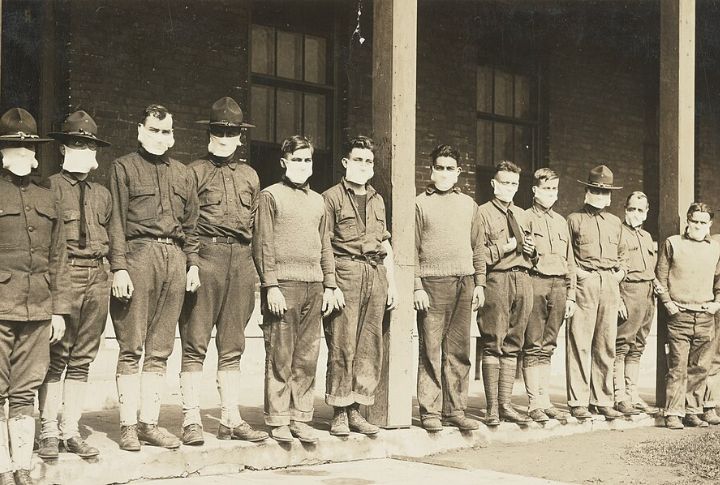
The flu swept through with the seasons, but its arrival was anything but ordinary. Dust storms and bitter cold made symptoms worse, while tight quarters fueled the spread. Church gatherings and saloons became unintended hotbeds. Misdiagnosed or brushed off, it sometimes buried whole families before help could reach them.

